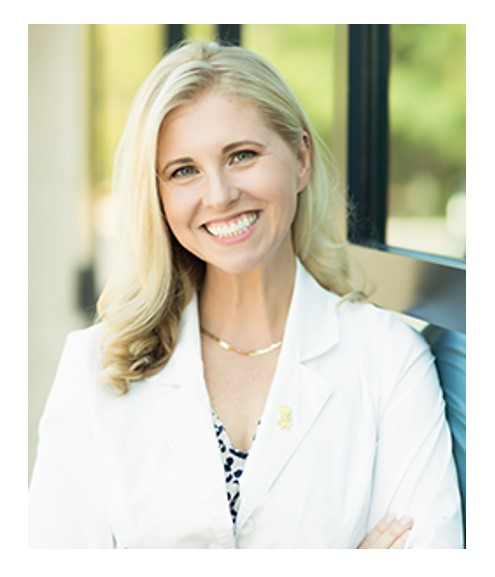2023: The Year of the Team

I love lots of things in life: dogs. Chocolate chip cookies (the fluffy ones, not the chewy ones. YMMV). Anything with Jennifer Coolidge in it. And most of all, I love a good chart.
I collect charts and infographics like some people collect memes, filed away on my computer for just the right moment. They make me happy, with their clarity and their ability to visually represent concepts that might take pages to explain with words alone. Lately, I’ve been accumulating a lot of charts related to veterinary teams, since that’s what we focus on here at AAHA, day in and day out. But I’ve noticed a pattern when it comes to these graphics:
The vet is almost always in the middle. Whether it’s a pie, a circle, a stock photo, or even a group of people standing in a line, there’s the DVM, fully in the center, with everyone else feeding into them. The pictures are what they are—but they underpin a longstanding emphasis on one particular member of a much bigger team. It’s the way it’s always been, after all. But does this deliver the best outcomes for patients and for teams?
Like many things, this pattern is likely inherited from our human-medicine counterparts, who have also begun to embrace different ways of working together that center the patient. A concerted effort to understand the dynamics at play in medical offices has led to entire disciplines dedicated to studying team-based medicine. The results are irrefutable.
The proven outcomes of team-based medicine
Team-based medicine, where two or more healthcare professionals work collaboratively with patients and caregivers to accomplish shared goals, is better for patients and the teams that serve them. According to the American College of Physicians, team practice increases efficiency, quality of care, and positive patient outcomes. It also decreases workloads and clinician burnout. Far more than the occasional moment of recognition or awards here and there, a dedicated team-based approach touches every part of the day-to-day workflow to ensure everyone is working at the top of their game. It’s not platitudes—it’s a specific set of actions.
In a moment in time where people speak with trepidation about recruitment and retention in the veterinary profession, when everyone seems to know someone leaving the field or at least posing with one foot out the door, we’re long past due to have more meaningful conversations about what a focus on the team means for veterinary practices.
2023: The Year of the Team
We’re thrilled to declare 2023 the Year of the Team, and even more proud to be able to tell you exactly how AAHA is going to be exploring what this means in the coming months:
- By increasing the number of technician and practice management voices contributing to our publications such as Trends and NEWStat and on Central Line: The AAHA Podcast;
- By gearing up to publish the first-ever AAHA Technician Utilization Guidelines;
- By exploring psychological safety standards for clinics and by collecting stories from team members through the Veterinary Visionaries project;
- By offering professional development opportunities for everyone on the team through AAHA Champion Certificates, Beyond Medicine Workshop, DEVTP, AAHA Con, and so much more;
- By expanding the conversation around care teams to include contributors such as social workers and the pet owners themselves.
Putting patients at the center
My most recently collected graphics live in a file called “patient-centered care,” whose images and explanations make so much more sense to me than what I’ve seen previously. The patient is the center of the universe, at least when it comes to their healthcare. They are surrounded and supported by an entire team of caregivers who encircle the patient, none closer or further than the other. They are a continuous circle.
No one wants to burn out, but they do. Of all the people I know who have left the profession—and sadly, there are many—none of them wanted to, but they felt like they had no choice. One organization can’t solve the problems ahead of us, but we can commit to talking about them, elevating a variety of voices, and tackling the challenges ahead with the same collaborative approach to ourselves as we apply to our patients in a team-based environment.
Here’s to 2023: The Year of the Team. We wish you all a happy new year and look forward to what we can build together!

Before becoming AAHA’s chief medical officer, Jessica Vogelsang, DVM, was a small animal practitioner as well as a pioneer of veterinary blogging and social media marketing. She is the author of the bestselling memoir All Dogs Go to Kevin.
Got something to say about team-based, patient-centered care? Let us know at [email protected].



